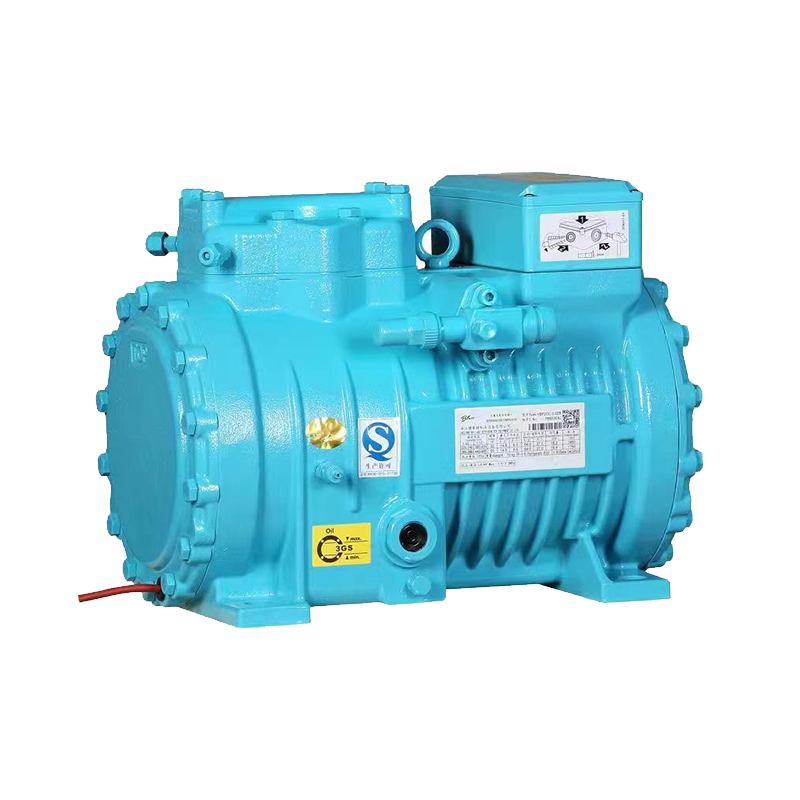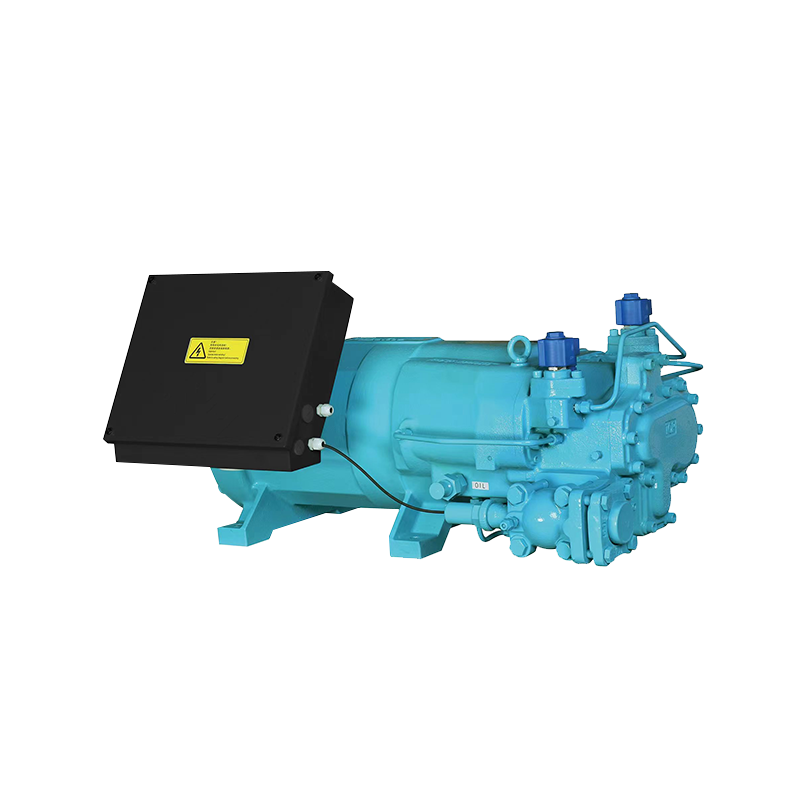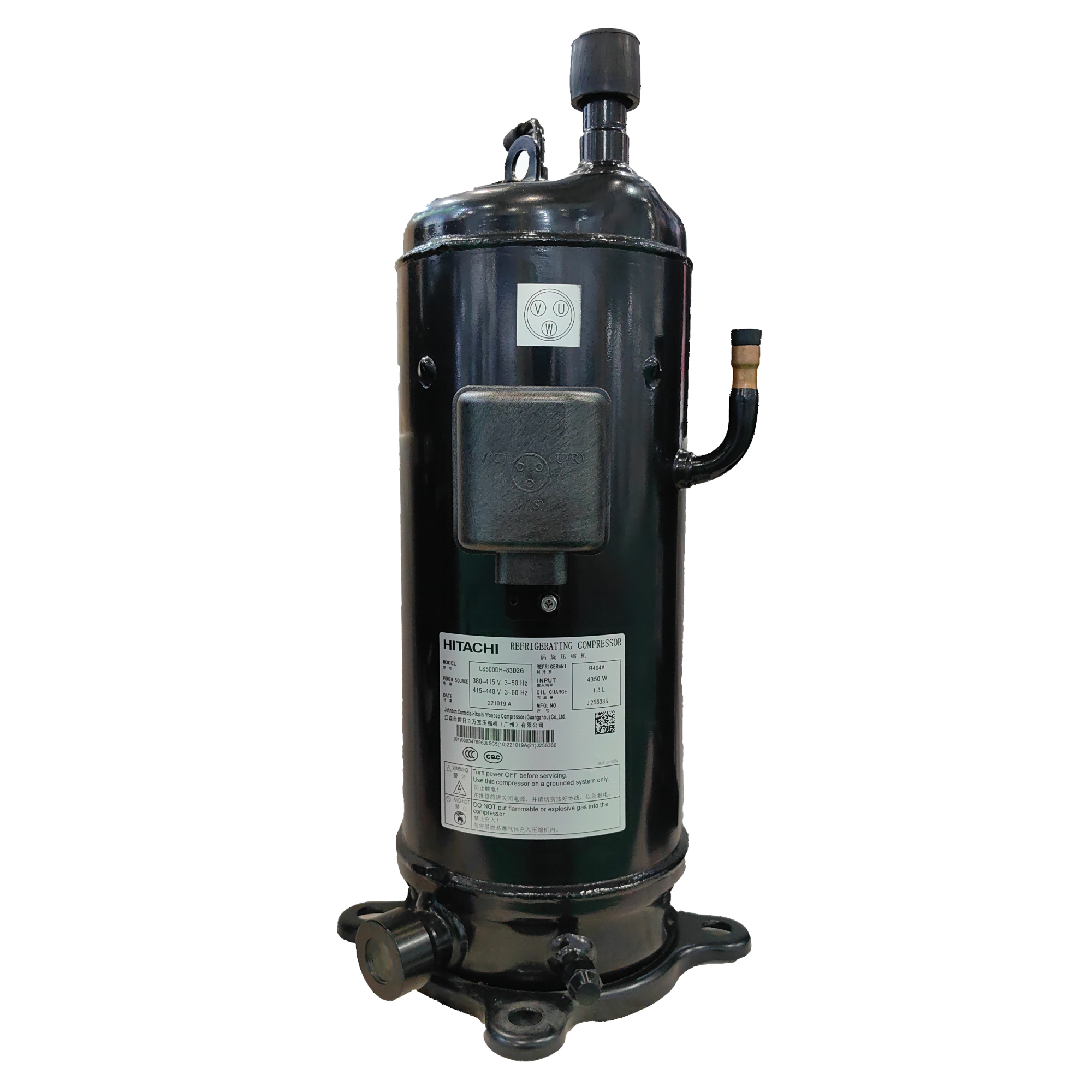The terms "cold room" and "cold storage" are often mentioned in daily life and business, but many people confuse them, even thinking they're the same thing. While both are used for low-temperature storage, they differ significantly in scale, purpose, and technology.
Content
Cold Room: Ideal for Homes and Small Businesses
A cold room typically refers to a separate area within a refrigerator or freezer. It's primarily used to preserve everyday household foods, such as fruits, vegetables, meat, dairy products, and leftovers. It's characterized by its compact size, low energy consumption, and ease of operation.
Capacity and Size
The capacity of a cold room is typically measured in liters (L), ranging from tens to hundreds of liters, making it ideal for personal or family use.
Temperature Control
The temperature is typically set between 0°C and 4°C and can be precisely controlled to maintain food freshness and extend its shelf life.
Applications
In addition to home refrigerators, some small commercial applications, such as hotel room minibars and convenience store beverage cabinets, can also be considered small cold rooms.
Cold Storage: A Solution for Industrial and Large-Scale Storage
Cold storage, also known as cold storage warehouses, is a large facility used for large-scale, long-term storage of goods with strict temperature requirements. It is typically a stand-alone room or warehouse with complex refrigeration systems and insulation.
Capacity and Size
The capacity of cold storage is measured in cubic meters (m³) and can range from a few hundred to tens of thousands of cubic meters, allowing it to accommodate large quantities of goods.
Temperature Control
Cold storage has a wider temperature range. Beyond the common 0°C to 4°C, it can also operate at lower temperatures, such as -18°C to -25°C (freezers), which are used to store ice cream, seafood, meat, and more.
Application Scenarios
Cold storage is widely used in food processing plants, large supermarkets, logistics centers, and the pharmaceutical and chemical industries to store raw materials, finished products, or goods requiring cold chain transportation.
| Characteristics | Refrigerator | Cold Storage |
| Scale | Small | Large |
| Purpose | Home, Small Business | Industrial, Large-Scale Commercial |
| Capacity Unit | Liters (L) | Cubic Meters (m³) |
| Stored Goods | Daily Food, Small Items | Large Volume of Goods, Commodities |
| System | Simple (Built-in Refrigerator) | Complex (Independent Refrigeration System) |
| Energy Consumption | Relatively Low | High |
While both cold rooms and cold storage offer low-temperature storage, they serve completely different needs. Cold rooms are a necessity in daily family life, convenient and fast; while cold storage is an indispensable key facility in modern logistics and industrial production, ensuring the quality and safety of a large number of commodities.

 English
English Español
Español عربى
عربى русский
русский











